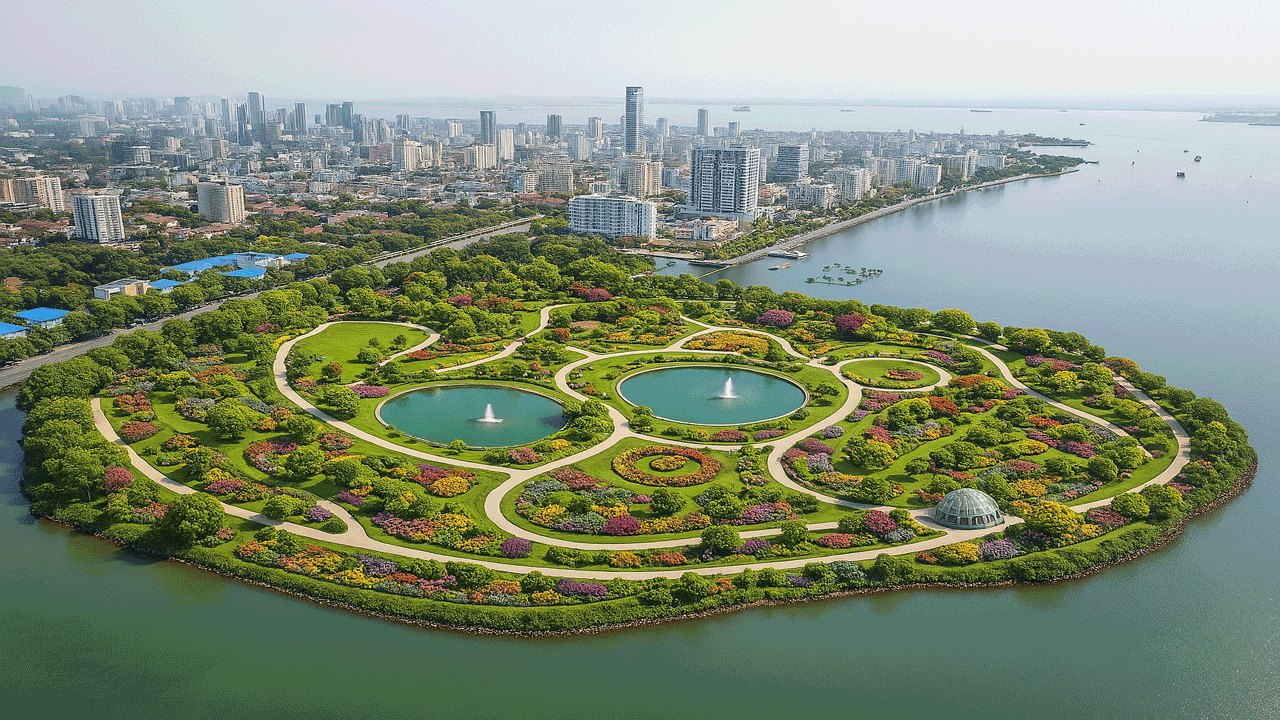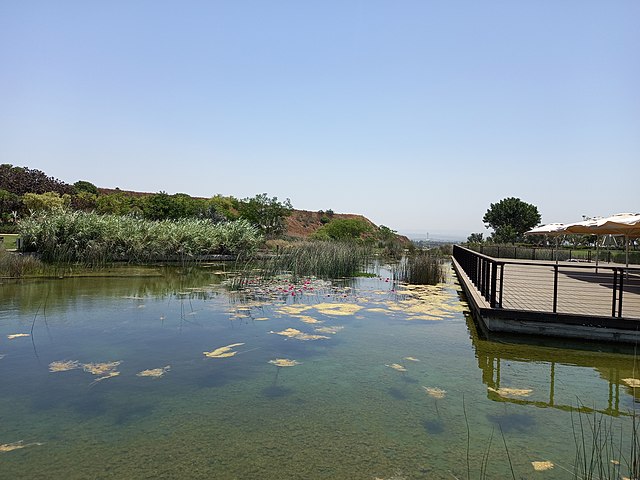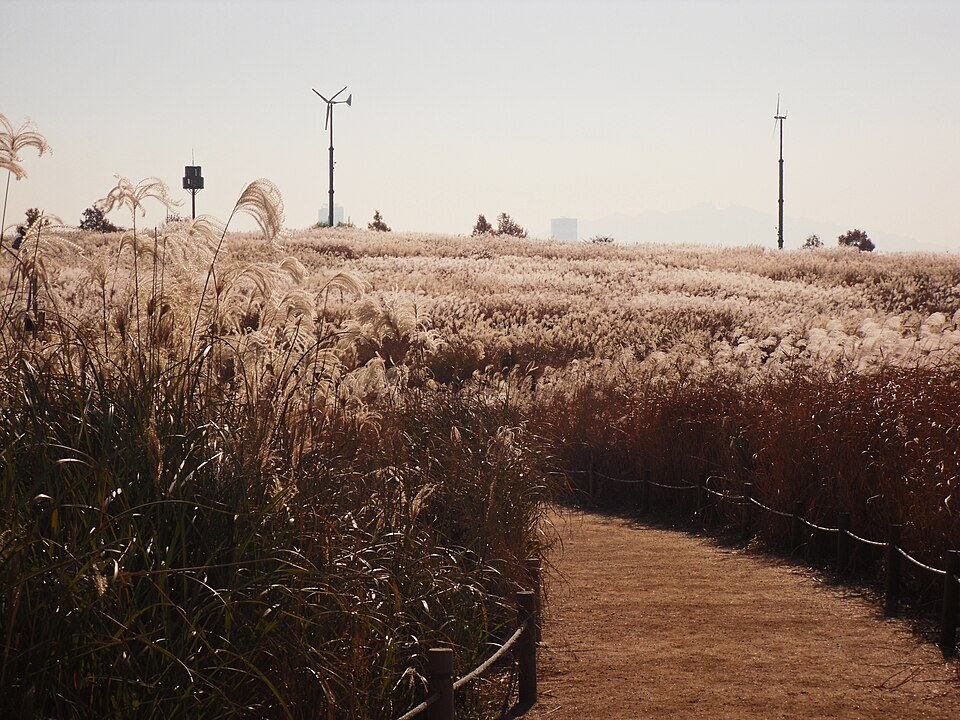
Rehabilitation Without Reclamation
Proven Alternative Strategies: A Sustainable Future for Jelutong Landfill
Act Now
Proven Alternative Strategies: A Sustainable Future for Jelutong Landfill
Act NowThe proposed 70-acre coastal reclamation for the Jelutong Landfill rehabilitation is a drastic and unnecessary measure that threatens our environment and community. Scientifically sound and globally proven alternatives exist to rehabilitate the landfill within its existing 90-acre footprint, avoiding the irreversible damage of reclamation.
“The proposed large-scale coastal reclamation encroaches into, and threatens irreparable damage to, our precious marine ecosystems – Middle Bank, a thriving marine sanctuary.”
The current landfill can accommodate initial rehabilitation phases, avoiding expansion. The developer’s own report admits initial rehabilitation phase can fit within the existing 90-acre Jelutong Landfill site (PLB – EIA Report, Figure 5.22). A phased approach, stretched over 5-10 years, could rehabilitate without reclamation.
Using advanced geotechnical methods, like geogrid-reinforced working platforms, can create stable surfaces on existing landfill sites, negating the need for vast reclaimed areas for recycling waste. It preserves surrounding ecosystems while effectively rehabilitate the landfill.
Compact, scalable recycling systems can process waste on-site without extensive infrastructure. These adaptable units offer a flexible, sustainable solution tailored to rehabilitation's needs.
🌿 Environmental Preservation: Protects Middle Bank’s ecosystem, crucial for biodiversity and carbon sequestration.
🌬️ Pollution Reduction: Reduces methane emissions and leachate, mitigating air and water pollution.
🏡 Community Well-being: Avoids increased industrial activity and pollution, enhancing quality of life.

DAP government once sold the idea of turning the landfill into a recreational park (for example in 2009, and 2018). Image Source: AI generated.
| Aspect | Current Reclamation Plan | Alternative Plan |
|---|---|---|
| Land Use | Requires 70-acre expansion | Utilizes existing 90 acres |
| Environmental Impact | High, threatens marine ecosystem | Low, preserves habitats |
| Community Impact | Increased pollution risks | Reduces pollution, enhances well-being |
| Sustainability | Low, relies on reclamation | High, promotes circular economy |
Hiriya Landfill, Tel Aviv: Once a 60-meter waste mountain, it’s now an urban park and recycling hub, proving on-site solutions work without reclamation.

Source: Wikipedia
Haneul Park, Seoul: The transformation of the Nanjido landfill into Haneul Park represents a remarkable example of urban environmental rehabilitation. In 2009, while serving as the Local Government Committee chairman, CM Chow Kon Yeow led a Penang delegation on an exploratory visit to the park, aiming to gain insights into the nation’s innovative landfill rehabilitations.

Source: Wikipedia
Hong Kong: Modular recycling systems manage waste efficiently in limited space, showcasing the power of compact technology in urban settings.
European Municipalities: In-situ reclamation techniques have rehabilitated landfills responsibly, avoiding expansion into natural habitats.
By adopting these alternatives, we can protect the Middle Bank marine sanctuary, reduce pollution, and enhance community well-being. We urge the authorities to launch a transparent review with experts and residents to ensure a sustainable solution for Jelutong Landfill.